JGSDF’s Best Troops
While the Japan Ground Self-Defense Force (JGSDF) has several elite units, such as the Amphibious Rapid Deployment Brigade, another prominent candidate is the without a doubt the 1st Airborne Brigade.
Being JGSDF’s only paratrooper unit, the brigade is tasked with dropping into occupied territories and securing vital points for reinforcements. Such missions require outstanding skill and tenacity, which is why paratroopers are considered as elite soldiers in just about any military.
Of course, this comes at an extremely high risk compared to other units, as we have seen in the failed assault on Kyiv by the Russian airborne units in February 2022.
So, let us explore the details of Japan’s 1st Airborne Brigade.
- General Overview
| Personnel | 2,000 soldiers |
| Establishment | 1958 |
| Headquarters | Camp Narashino (Chiba Prefecture) |
| Defense Area | Nationwide |
| Strength | Infantry Battalion×3 Artillery Battalion×1 Communications Company×1 Combat Engineers Company×1 Logistics Unit×1 |
The 1st Airborne Brigade is considered to be the de-facto successor to the former Imperial Japanese Army’s paratroopers who landed on and occupied the oil fields of Indonesia during the Second World War.
Therefore, the brigade maintains a level of pride that is quite different from other JGSDF units, going as far as self-proclaiming themselves as the present day “Japanese Army.”
This is also indicated by the brigade’s motto of 精鋭無比 (Seiei-Muhi) which translates to “Incomparable Elites.”
Indeed, the 1st Airborne Brigade has enjoyed the luxury of picking out those with exceptional skills from the 160,000-strong JGSDF, though recent years have faced competition with the Special Operations Group and Amphibious Rapid Deployment Brigade (ARDB).
That being said, the brigade is the only JGSDF unit capable of conducting large-scale airborne assaults and is expected to serve as the main forces for island defense alongside the ARDB.
Such high expectations have led to the brigade accepting only the best from their soldiers, practically making them commandos when compared to regular troops. Because airborne assaults are conducted in relatively small numbers with limited firepower, the success of the mission and the survival of the unit is really up to the performance of each paratrooper.
Specific Requirements
In order to become a JGSDF paratrooper, one must pass the multiple exams and training exercises.
The first stop is qualifying the following physical requirements.
| Age Limit | 28 years old (36 years old for NCOs) |
| Physique | Height: 161cm (5′ 3″) Weight: 49kg (108lbs) Chest: 78.5cm (31inches) |
| Physical Performance |
Performance Test: 5th Grade or more Lung Capacity: 3.2 liters Grip Strength: Above 30kg (66lbs) |
If we take into account that the JGSDF physical performance test categorizes their soldiers into seven different grades, the physical requirements are actually not that demanding.
But, the criteria above is only for physical conditions, and the candidates must also undergo paper exams, interviews, and aptitude tests.
After passing all these exams, the trainees will experience a rigorous training period, starting with physical exercises, practicing landing positions, and jumping from high altitudes.
It is during this period where they not only learn how to use actual parachutes, but are constantly reminded of the importance of pre-jump inspections since any malfunction can lead to fatal accidents.
 Parachute dropping from a plane (photo: JGSDF)
Parachute dropping from a plane (photo: JGSDF)
After getting accustomed to heights and acquiring the basics of parachuting, trainees move on to the real deal – jumping off from transport planes flying at an altitude of 1,000ft and a speed of 125mph while carrying up to 180lbs of equipment on their back.
To simulate actual scenarios, the final training session includes a grueling 60 mile march after landing, where the trainees are forced to wander the mountainous terrain for three consecutive days .
If they successfully complete all these exercises, the trainees are finally awarded with long-awaited airborne badge, marking their entry into the ranks of the elite.
Dedication and Benefits
Due to undergoing more severe training than other units and often finding themselves in intense situations, paratroopers require not only robust physique and conspicuous capabilities, but mental toughness as well.
This is why the majority of the 1st Airborne Brigade possess “Ranger” qualifications, proving their survival skills and vigorous mentality. Adding to this, many brigade members even spend their days off training or performing martial arts, earning them the nickname “the 1st Crazy Brigade.”
So, what kind of benefits can the JGSDF paratrooper expect in return for all this dedication?
As for the monthly salary, it is said that the average paratrooper receives 1.5 times higher pay than usual due to special allowances etc.
Firstly, since the brigade is stationed in Chiba Prefecture, a region right next to Tokyo with relatively high living costs, the regional allowance is an additional 12% of the basic salary.
Additionally, the airborne allowance consists of 33% of the basic salary, and on top of that, approximately $20〜$60 (depending on the rank) will be provided for each parachute jump.
Whether this is enough or insufficient really depends on the individual, but the general perception seems to focus on the “honor” of serving as a paratrooper rather than any concrete benefits.

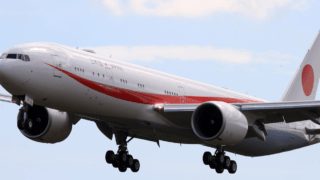

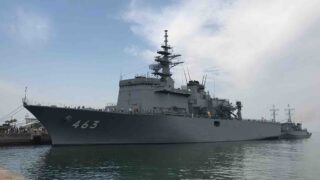
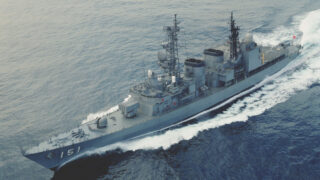
-320x180.jpg)
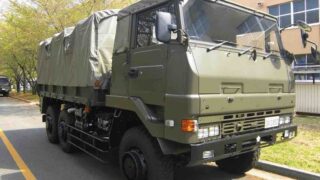
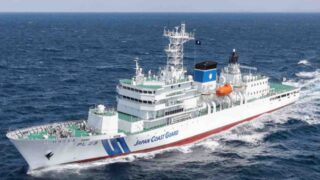
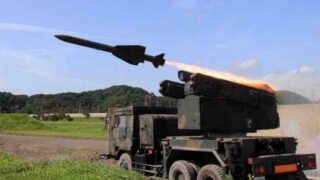
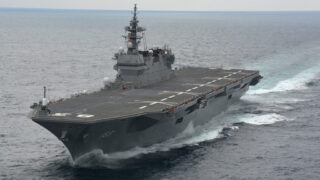
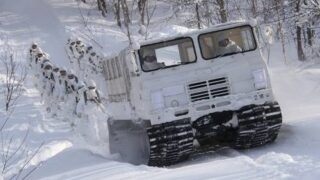
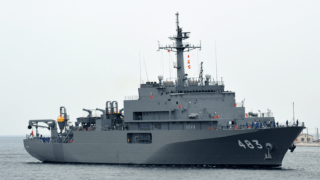
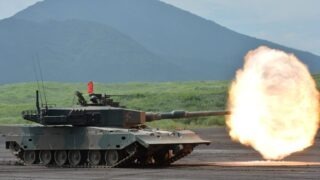
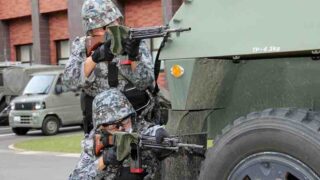
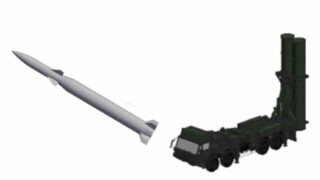
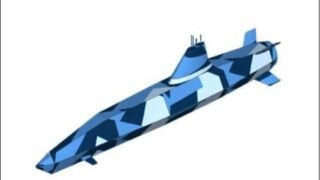

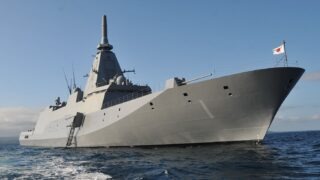
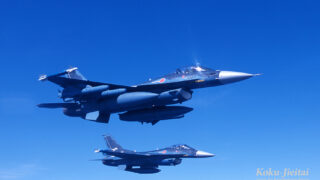
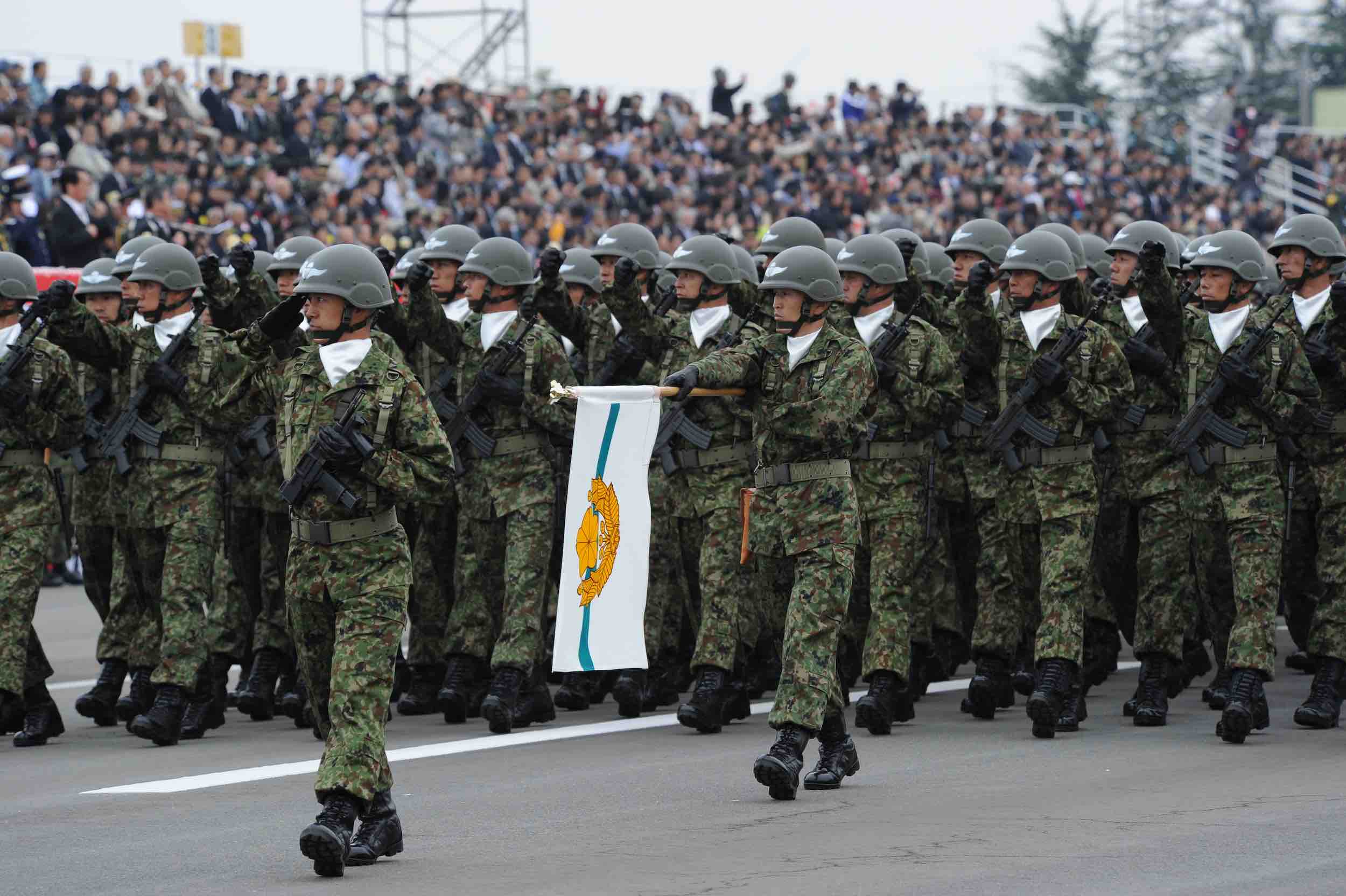
Comments